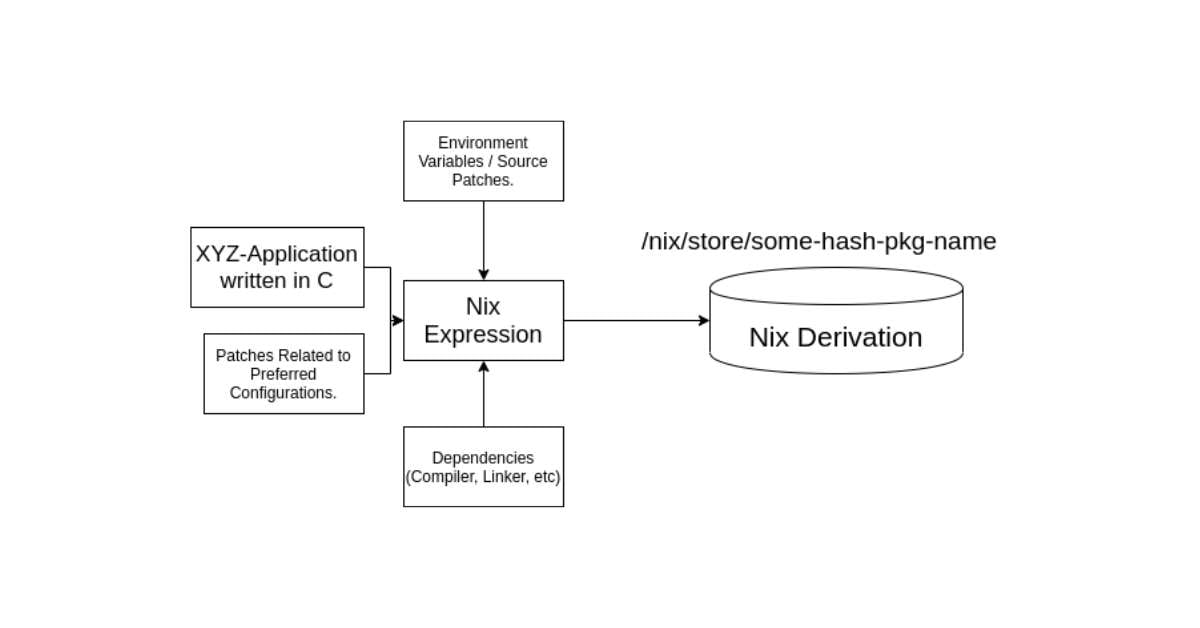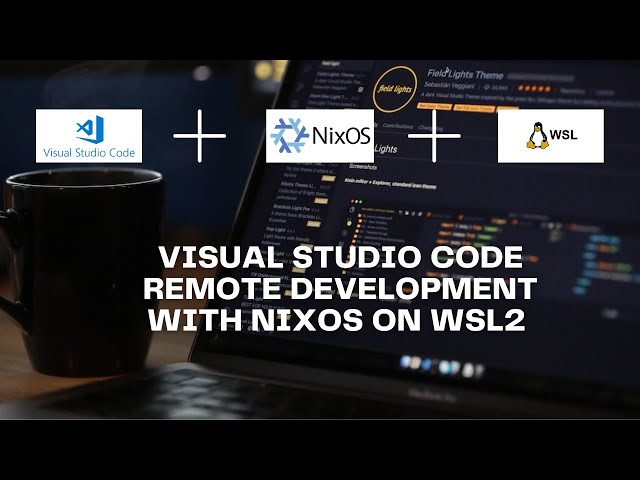Embracing the Evolution of NixOS: A Snowflake in the Cloud
In the ever-evolving landscape of modern operating systems, NixOS stands out as a powerful tool for developers and system admins alike. Not only does it offer a unique way of managing packages, but it also excels in reproducibility, flexibility, and configuration management. Through my journey using NixOS, I have found it to be akin to discovering a rare snowflake; every configuration feels uniquely tailored yet robust in its capabilities.
The core of NixOS is its declarative configuration model, allowing users to define the entire system configuration in a single file. Such a design brings a level of clarity and consistency that is often missing in traditional systems. If you ever struggled with dependency hell or the fear of breaking production systems during updates, NixOS might just be your savior. Imagine being able to roll back changes effortlessly, similar to time travel, albeit in a techy realm!
 Configuring NixOS with style
Configuring NixOS with style
The Advantages of NixOS
-
Atomic Upgrades and Rollbacks: One of the most appealing aspects of NixOS is its support for atomic upgrades. With NixOS, you can update your system without the fear of introducing instability. If something goes wrong, simply revert to the previous generation seamlessly. This feature reminds me of the stability I found during my first testing phase with NixOS. It was liberating!
-
Reproducibility: I recall the thrill during a recent work project where I needed to replicate environments across different machines. NixOS’s ability to precisely define the state of the system made this a breeze. Every colleague who set up their machine was up and running with the same configurations in no time. Reproducibility is not just a luxury; it’s a necessity in our collaborative world.
-
Isolation of Packages: The Nix package manager allows developers to isolate packages. Gone are the days where libraries clash or environments consume each other’s configurations. This feature has saved me from countless late-night debugging sessions because it effectively removes the friction caused by overlapping dependencies.
In a world where efficiency is king, the Nix ecosystem provides a refreshing take on package management, showcasing a clear path away from the chaos.
The Key Challenges
However, embracing NixOS also comes with its challenges. The learning curve can be steep for newcomers. I distinctly remember my earlier days, fumbling through the documentation, trying to grasp concepts that felt both novel and daunting. It was a frustrating yet rewarding experience. The community is vibrant and supportive, which certainly helped along the way.
Another point worth mentioning is the user interface. While powerful, some might find the command-line focus intimidating compared to more GUI-driven counterparts. However, as I delved deeper into NixOS, I discovered the beauty of the command line—it became an extension of my thoughts, allowing me to execute tasks with unparalleled speed and efficiency.
 Engaging with the NixOS community for support
Engaging with the NixOS community for support
Let’s Wrap Up
In conclusion, adopting NixOS has transformed my approach to configuration and deployment processes. I encourage anyone curious about this innovative system to dive in. NixOS may seem like an intricate snowflake at first, but I assure you, once you understand its beauty, you’ll cherish the unique experience it offers. It challenges you in ways you might not expect but rewards you tenfold with newfound skills and efficiency.
Give it a try, and who knows? You might find your own sweet spot within the realm of this fantastic operating system. I eagerly anticipate what the future holds as the community grows and innovations within NixOS continue to unfold, making it an indispensable tool for any tech enthusiast looking to carve out their niche in the cloud.
To explore more about NixOS and how to get started, check out this comprehensive guide.
Key Resources
- For the latest updates, visit the official NixOS website.
- Join the discussions on NixOS Discourse for community support and insights.
With NixOS, I truly believe we are on the cusp of a remarkable shift in how we approach systems development, packaging, and deployment in our ever-evolving digital world.


 Photo by
Photo by 











